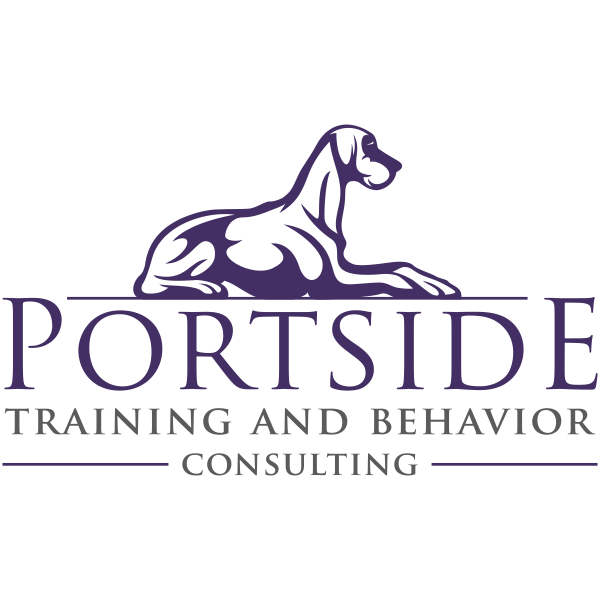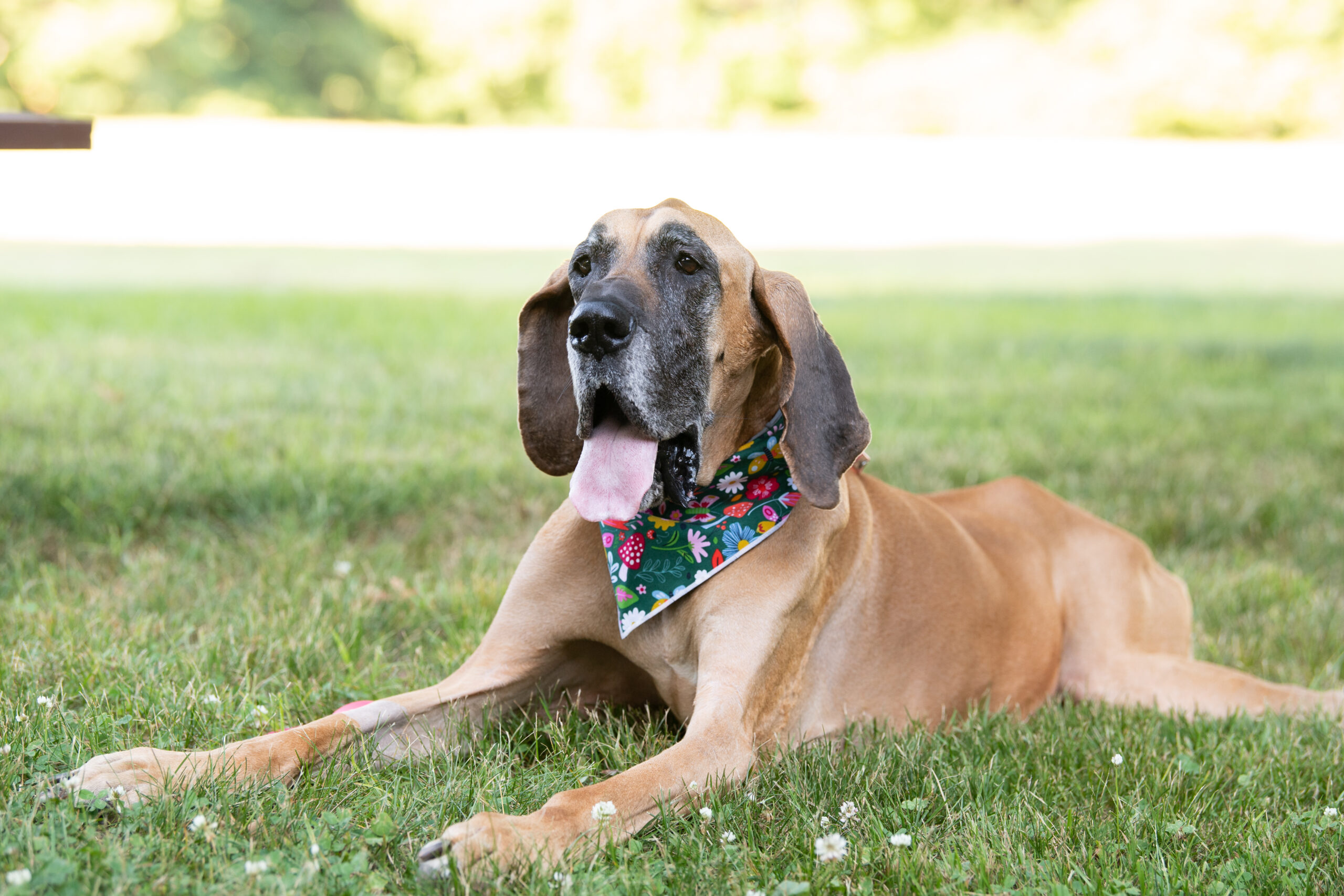A large part of what I tell all of my clients is to find the fun in training. Be it separation anxiety, aggression, or working on basic cues, making training fun is such an important aspect. One of the reasons I think this is important, beyond the obvious, is that this helps change the framing of our behavior challenges.
Very often as people we tend to think of the issue, we are having with our dog is us against our dog. Our dog is being naughty, or mean, perhaps even defiant! This is very human of us to think behavior is so personal. We can get stuck in this mindset, especially after being drained from another rough walk, or not seeing enough success. Currently, I am working with a client whose dog is showing a great deal of separation-related issues. He’s crying at the door, and getting so worked up it exacerbates a breathing issue. They are struggling to work through the guilt, and frustration they feel because of these behaviors. Anyone who has worked with a dog will tell you there are people on both sides of this seeming divide. People who feel like their dog’s “bad” behaviors are their fault, or feel as though their dogs are out to get them for a perceived slight. People tend to lean into this frustration and it makes training yet another example of their (or their dog’s) failure.
Making training joyous is a change in our frame of reference. I have the benefit of a handful of years of experience and this to me is probably the most important change in my philosophy over time. People who have taken my class have heard me get super excited when I see a dog offer a sit, or look at their trigger. So how do we get to this shift in perspective? The way I have come to visualize is as a triangle.
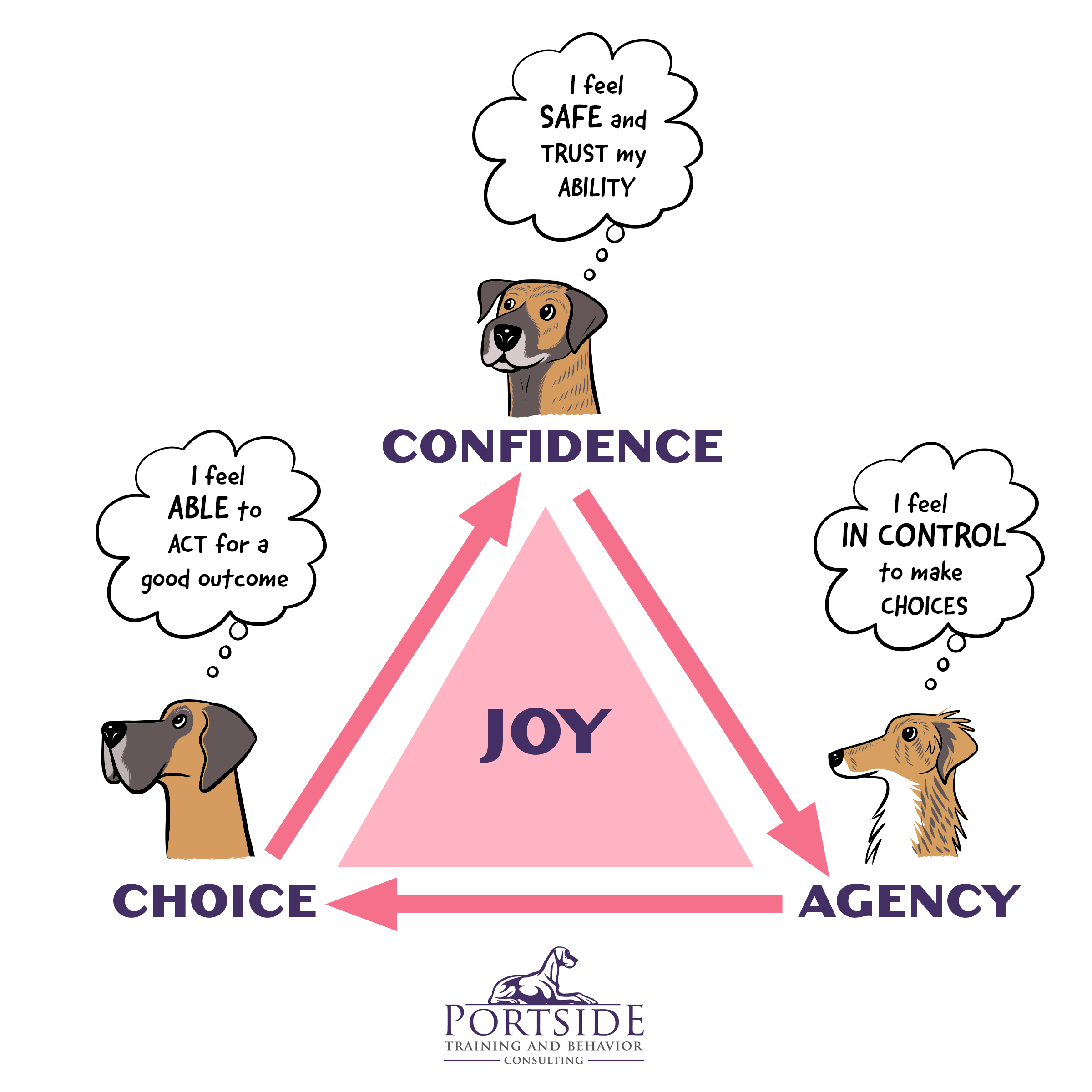
The three points are Confidence, Agency, and Choice. Each point is critically dependent on the other two, when the three are in harmony, we have an incredible strength to withstand pressure, however, when the three are out of order, we will succumb to that pressure. Each one of these aspects is vital to building joyous behaviors.
Let’s start with Agency, agency is a sense of control over one’s actions (Moore, 2016). I have talked of this idea before in Compliance. Agency is giving our dogs the ability to make a decision. We want them to be able to have some say in what an interaction will look like, either with a cue (not a command) a trigger, or a friendly stranger. We never want our dogs to feel like they are forced to do something. An emphasis on compliance over choice can and will lead to bad outcomes. Working on agency with your dog is not as complicated as it sounds, small changes such as letting them stop and sniff on a walk, or going left rather than right are all small changes to our routines that can help our dogs feel like they have some say in their world. A begrudging change I made for my dog was accepting he liked a certain brand of food more than others. This small change can be a world of difference for your dog. We want them to feel like they can step up to the plate and hit a home-run, even if all they are able to do is bunt.
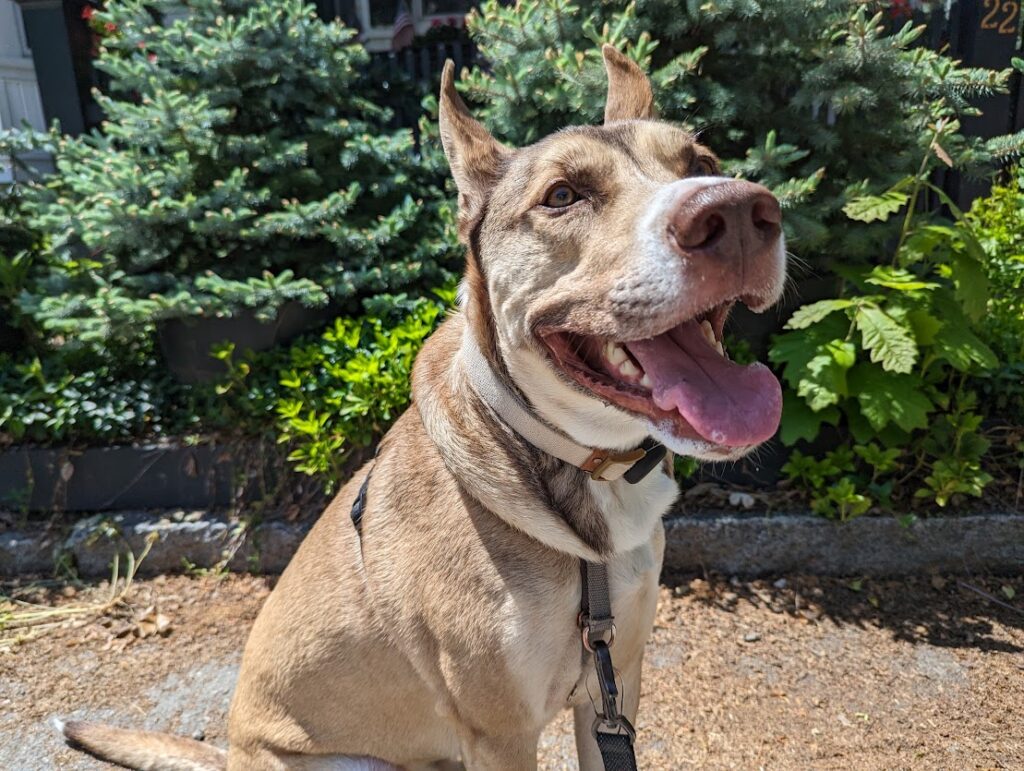
As we build up agency, the explicit reason is for them to actually make a choice. This might not be the one we want, it could be bark or a lunge. But we need to let our dogs make “bad” choices. Even if it’s one we don’t like, we have to give them the room and space to find out what works. This opens the door for them to continue to make productive good choices. The other side of this coin is on us to set up scenarios in the right way. We wouldn’t want to take our dogs with fear-aggression and drop them into a room full of strangers. An alternative would be to have some strangers at a distance that our dog can comfortably handle. This is where our two corners really come together. A dog with a good sense of agency will feel like they can make productive choices and then will be able to enact those choices. These two are the base floor on which joy is placed.
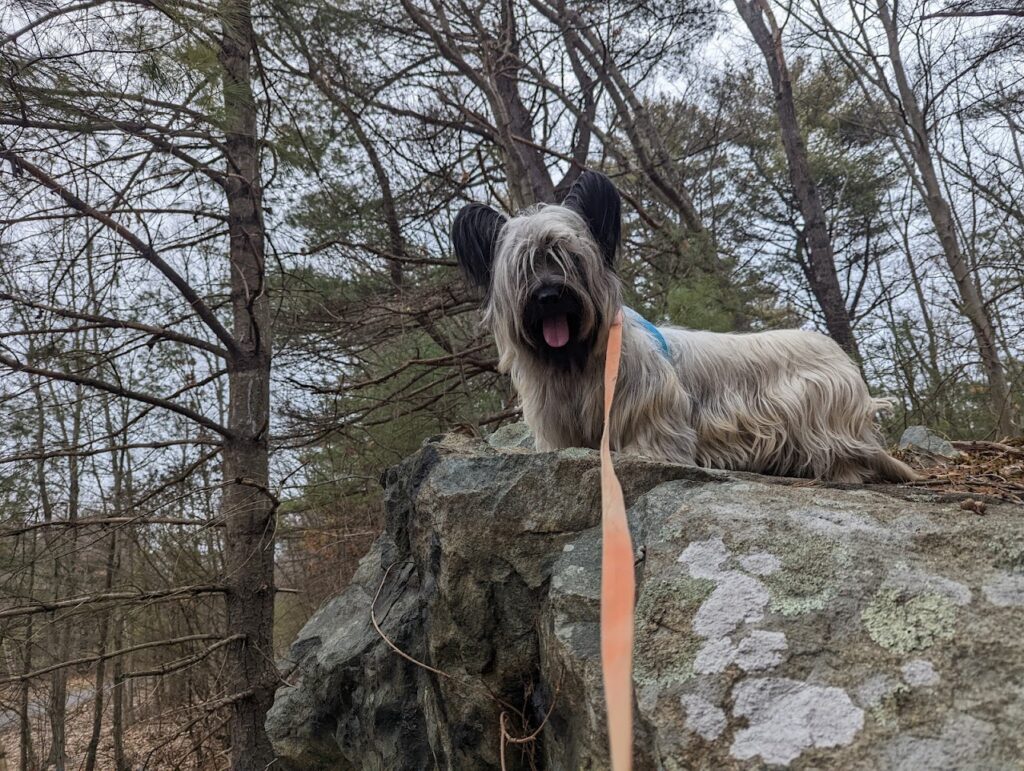
The cap that ties it all together is a sense of confidence. Our dogs need to feel like they can make choices, they need to be able to actually execute those choices, and to do that, they need to feel some degree of confidence. Which is built up and supported by successful decision-making, and a strong sense of personal agency. I have met many dogs who might have a sense of agency, but are too unsure of themselves to actually take that homerun swing. A sense of confidence gives our dogs the ability to apply their agency and decision-making in real-time. To put it all together, a dog who has the agency to make good choices will build confidence and thus will build a stronger sense of agency. These three pillars are in a delicate balance, too much stress on one without the support of the other two and it all can fall apart. Ensuring that each of these is strengthened by the others is paramount to a joyous dog.
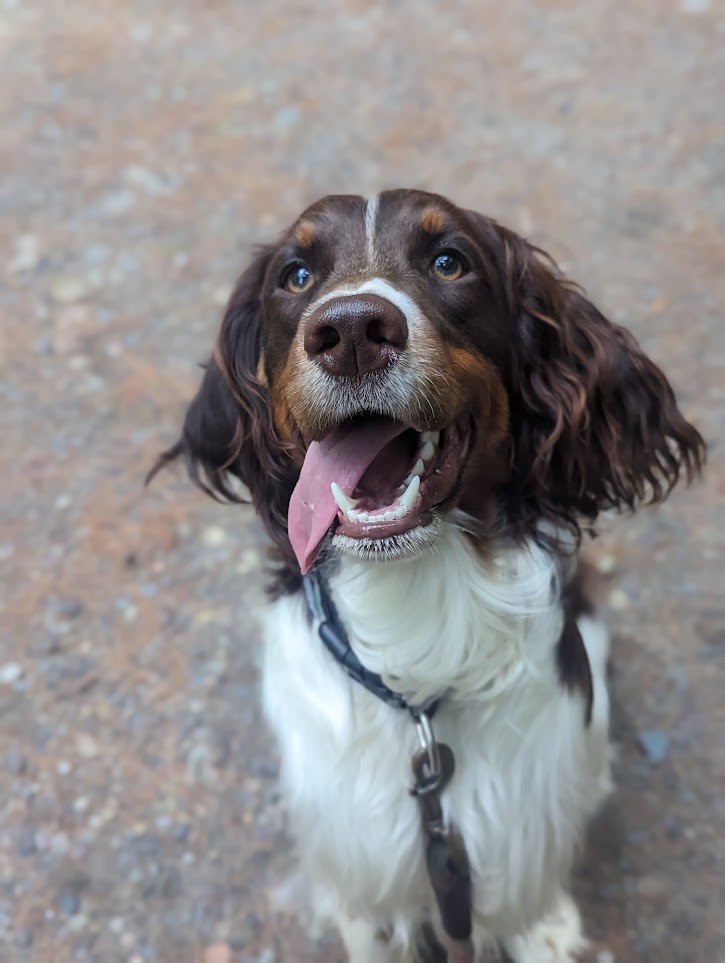
This is a change I have seen in real-time, both with the dogs and with their families as they begin to realize what training could be. We place an emphasis on the dog making decisions and feeling comfortable and confident. This infects our end of the leash, we start to not think in terms of the dogs barked at, or the paw stains on our shirt, but of that little moment we saw them think, or the quick disengage back to us when our trigger shows up. We begin to hunt down every small victory, every hard-earned inch, to realize we’ve made it several feet. It becomes our fixation on a walk, “Oh my God I saw him look back at me!” “Matt did you see that!?” becomes the battle cry. We get to bathe in a chorus of success and verbal markers, and the annoying buzz of failure begins to fade into the background. With both sides of the leash hunting down new ways to succeed, and new ways to have fun, training is no longer “training”. It’s time spent with your dog doing a shared activity that you both enjoy. It’s a game you are both playing and are winning; together.
